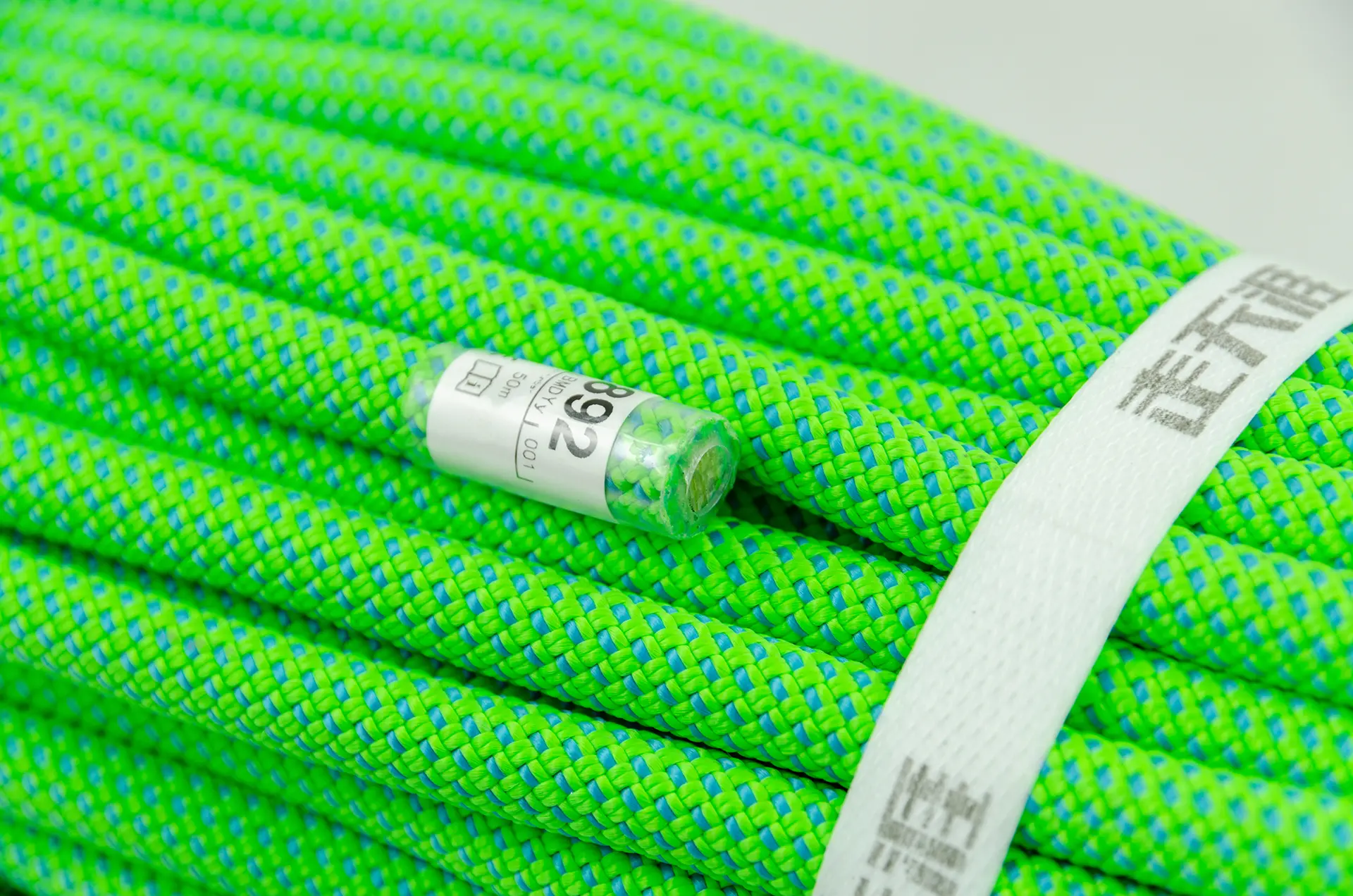What is the best material for climbing rope
What is the best material for climbing rope? Mountaineering rope is one of the necessary safety equipment in mountaineering, which plays a vital role in protecting the life and safety of mountaineers. Choosing a suitable mountaineering rope is crucial to the safety of climbers, so the choice of rope material is also very important. Below I will introduce several common materials for mountaineering ropes and discuss which material is most suitable for mountaineering.
Common materials for climbing ropes are nylon, polyester, aramid, Powerhorse, polypropylene, etc.
The first is a climbing rope made of nylon (Nylon). Nylon rope is a classic material for mountaineering ropes, it has high abrasion resistance and stretch resistance, which is perfect for long time mountaineering activities. Nylon rope also has good elasticity, which can absorb shock and reduce the impact of accidental falls. In addition, nylon rope is relatively light and easy to carry, making it a good choice for long distance hiking or climbing, and most professional mountaineering ropes are made of nylon.
Next is polyester fiber (also known as polyester) ropes. Polyester ropes are less absorbent and less elastic than nylon ropes. However, polyester ropes are stiffer to the touch and heavier than nylon ropes of the same diameter. This makes polyester ropes more suitable in wet environments because it can reduce the performance changes brought about by water absorption, and most of the early aerial ropes are made of polyester, and now, in order to pursue lightweight and accessory applicability, has begun to transition to nylon ropes.
Lastly, there are hybrid material climbing ropes, which are usually made from a blend of fibers such as nylon, polyester, aramid, and Hercules. Hybrid ropes are designed to combine the benefits of several materials to provide a more complete performance. It provides high abrasion resistance, UV resistance, and strength, while maintaining some flexibility and lightness. Hybrid rope is a very popular choice and is particularly suitable for a wide range of mountaineering activities, whether it be rock climbing, glacier traversing or long distance hiking.
Aramid is a high-performance synthetic fiber with excellent tensile strength, abrasion resistance and high temperature resistance. It is a lightweight material with excellent abrasion resistance and resists friction and wear better than other materials. Aramid ropes retain their strength and performance in hot environments, which is especially important for climbing high-altitude peaks or for mountaineering activities that require passing through hot areas. However, aramid is not UV resistant and its strength and performance may be compromised by exposure to sunlight.
Dyneema is an ultra-high molecular weight polyethylene fiber that is also widely used in the manufacture of mountaineering ropes. Dyneema rope is currently one of the strongest fibers in the world, stronger than steel, and at the same time very lightweight. This makes Hercules rope ideal for use in mountaineering, especially when ropes need to be carried for long periods of time. Hercules rope is chemically resistant and can be used in harsh environments such as seawater, strong acids or alkalis. However, the Hercules material is too smooth and has a much lower melting point than other materials, making it generally unsuitable for use as the outer skin of a mountaineering rope, and more commonly used as the inner core of a rope.
There is also a polypropylene (also known as polypropylene) rope on the market. Polypropylene is easy to weather and deteriorate, and the loss of tensile strength and other properties is so great that it is not suitable for mountaineering ropes, and is only suitable for a small number of short-term outdoor uses. Polypropylene is very lightweight, less dense than water, and can float on water, making it ideal for water rescue ropes.
To summarize, each mountaineering rope material has its own unique advantages and scope of application. Choosing the best climbing rope material depends on the specific climbing activity and personal preference. Regardless of which material you choose, you should ensure the quality and safety of the rope and that it is carefully inspected and used correctly before use. Remember, the climbing rope is your lifeline during your climb, and proper selection and use of the rope is vital to your safety.
Latest Outdoor Tutorials
ZOUTIANYA will regularly update the outdoor tutorials to bring easy-to-understand knowledge to our customers!





 Network Security No. 32120302000350
Network Security No. 32120302000350